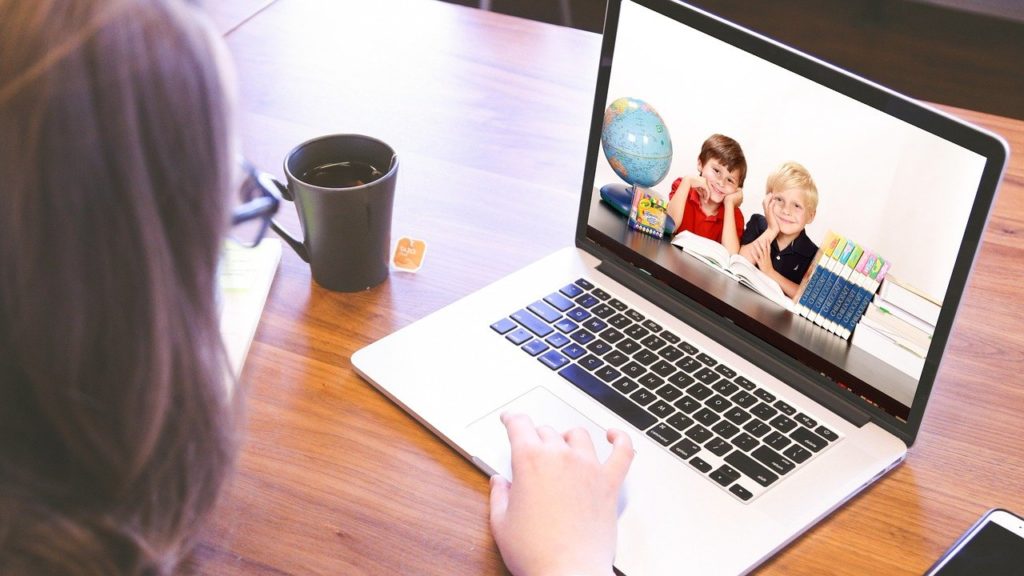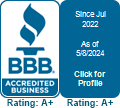
It seems like ages ago when the coronavirus first started spreading and institutions like schools started implementing remote-learning policies. According to the United States Census Bureau, “nearly 93% of people in households with school-age children reported their children engaged in some form of ‘distance learning’ from home” during the COVID-19 pandemic. Ever since the spring of 2020, things have been, well, different at home.
If you’ve put off remodeling your home to adjust, it’s better to do it late than never. Here are some tips to help you out.
1. Think About the Environment
You can’t just set aside a corner of a room and expect children to be able to focus on school-related activities and homework. The environment needs to be right as well to help avoid distractions. Wherever you’re creating a home learning environment, make sure there isn’t a lot of noise or traffic. You might want to keep tabs on what your child is doing, but try to avoid rooms like the bedroom or dining room for distance learning.
2. Prioritize Comfort
Your children need a comfortable environment to properly learn at home. That means ensuring his or her seat is comfortable, that there’s enough light to see books and papers, that there is a solid, flat surface for work and that the child has appropriate supplies.
3. Decorate!
Allow your kids to show off their creativity and add some personality to their home learning environment by helping them decorate their space. Perhaps they have a craft or piece of artwork they’ve recently completed? Hang it up somewhere in their at-home work environment.
4. Mix In the Real World
You don’t want everything your child is doing to be on a computer or tablet screen. It’s not good for long-term vision and it can be monotonous. Implement some real-world activities like physical workbooks, arts, crafts, games and outside time. If your home learning environment includes easy access to exterior doors, that’s a plus.
5. Don’t Forget About Food
A growing child needs a steady supply of snacks to maintain physical and mental energy. Make sure you plan your child’s meals throughout the day, just like you would if you packed a lunch box for them at an in-person school. If you can design the space to have a mini refrigerator or snack cubby, it’ll go over well with your child.
6. Declutter and Organize
Finally, make sure the space is free of distractions and anything that can (literally) get in the way. If you don’t have anywhere to put the items in the space you’re considering for home learning, consider renting a storage container to use during the school year to free up space for your child(s) learning environment. Or, rent one for the foreseeable future to clear up space so you can declutter and organize easier.
Need a portable storage container while you remodel your home? Contact SAM (Store & Move) today for a no-obligation quote.
